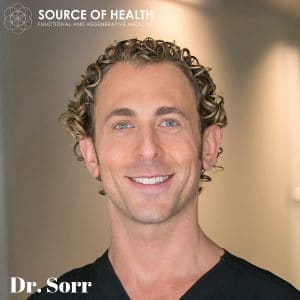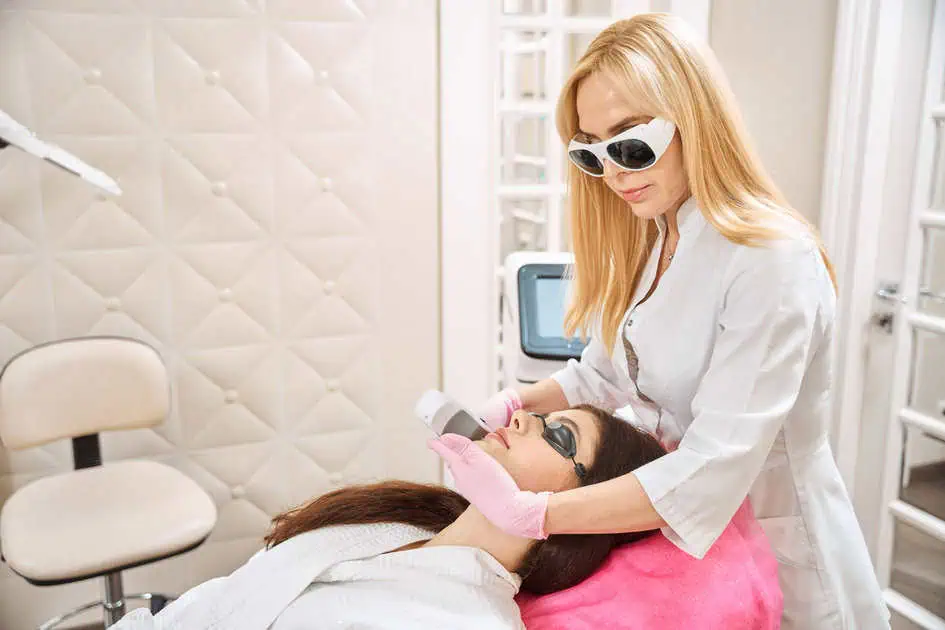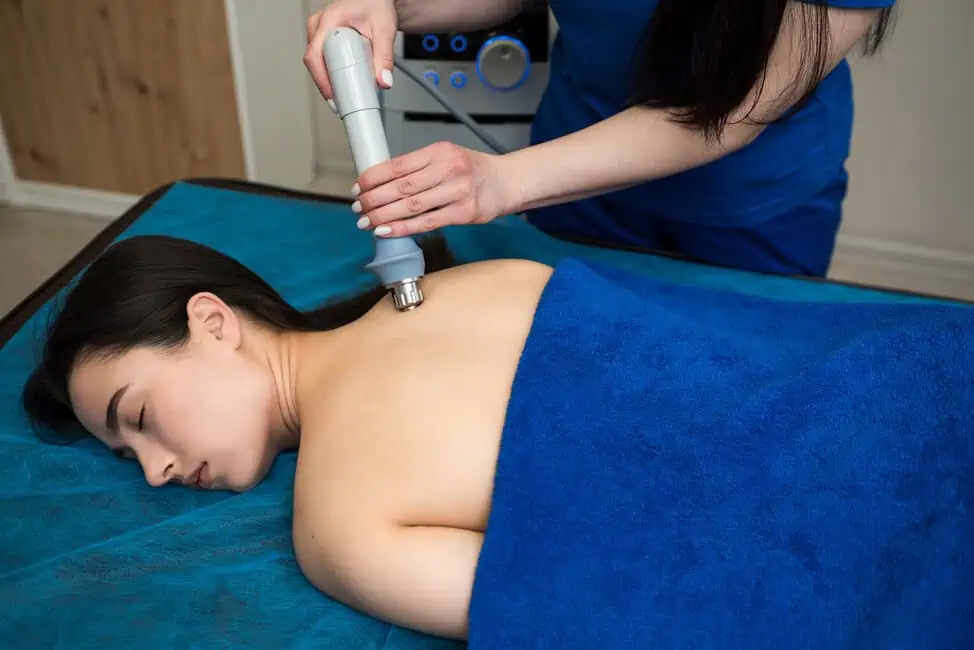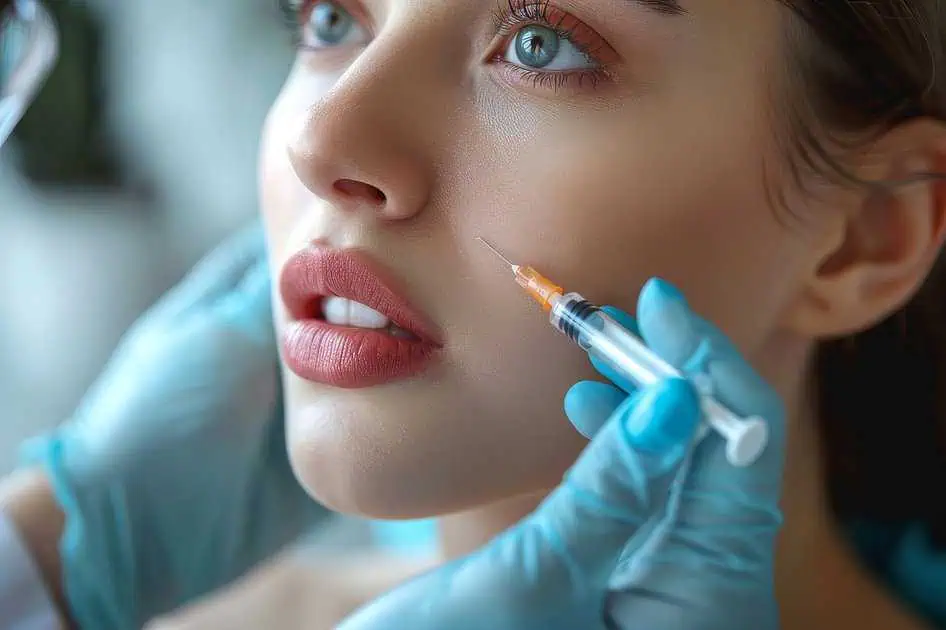Simply put, exosomes are the “message in a bottle” that releases the important cell signaling to regulate healing.
What are Exosomes? The actual exosome’s definition is from the Latin “exo” meaning outside and “soma” meaning body. Exosomes are a class of extracellular vesicles (EV) measuring approximately 100nm that are secreted from cells.
In fact, all cells release exosomes and prior to the recent decade, these were thought of as the trash bags of cells. This is absolutely the opposite of what is now known to be true.
In terms of size, a typical virus is 500nm in size. This provides a key clinical quality control mark in measurements for the right exosome for clinical use. More on uses to come, but first, let’s dive deeper into what exosomes are made of and what they do.
Extracellular Vesicles (EV) or exosomes are the way in which cells communicate with each other to induce a cellular effect known as paracrine signaling. As we have come to research all fields in medicine, we have found different messages within each type of exosome. This includes cancer cells.
In terms of rejuvenative medicine, we have measured and classified these as mesenchymal tissue repair (or MSC) exosomes.The mesenchymal tissue repair is like no other cell in the body.
These cells have one job and lie dormant until an injury is sensed.From that point, the MSC will begin packaging key signals for healing and send them to the cells that have been damaged.
How Do The Exosomes Know Where To Go?
Homing is a term that was first used with pigeons. They are message delivery or postal service worker. On the surface of every exosome are receptors.
These receptors bind to the surface receptors of the cells that are damaged. It is literally like a white flag that the exosomes will target towards.
The exosomes will bind and get absorbed into the cell, then release the important signaling messages to regulate healing. MSC exosomes contain both messenger RNA (mRNA) and microRNA, not DNA.
mRNA’s job is to translate genetic information into proteins. miRNA actually turns off other genes from being expressed such as inflammatory signals or catabolic enzymes.
Are All Mesenchymal Tissue Repair Created Equally?
Tissue Repair cells are different from each other and their power is relative to age and health status. As we age, all of our cells diminish in their ability to do work and as a result of DNA damage, function less than when we were younger.
Traditionally, tissue repair cells for rejuvenating medicine were harvested from bone marrow or fat (adipose) tissue. An important note to remember is the fat (adipocytes) and hematopoietic (blood cells) do not equal the MSC.
MSCs are also known as pericytes which sit atop blood vessels in the tissue. Our number of MSCs declines logarithmically as we age so the concentration alone should discourage people over 50 years to not use their own tissue.
What About Umbilical Cord Blood?
The Cord blood tissue repair cells are harvested at the time of birth and stored cryogenically in a tissue bank for the baby to use if needed for their own use. These are not transferrable to other people.
Placental MSCs
These MSCs from the placenta have been shown to express the highest levels of healing signals such as TGF-B3 which is remarkably anti-inflammatory and needed in healing. These cells can be culture-expanded in an FDA cleared lab and conditioned to release exosomes. Placental MSCs have been shown to enact a more anti-inflammatory effect than bone marrow or adipose-derived MSCs.
Few companies have been able to set the bar as high as others in attempts to make a quick buck on the ignorant (doctors included). When using the placental MSC exosomes, we wish to obtain a purified and concentrated medicine that can be tested for the quality of mRNA and other growth factors as well as screened for infectious disease.
What Can MSC Exosomes Treat?
Tissue Repair exosomes have profound abilities to heal areas of acute and chronic injuries. In the future, when someone is having a heart attack or stroke, IV exosomes can be administered, and long-term repercussions can be significantly avoided. This is obviously not standard of care today but as research continues to pour out month after month, this can in time be the solution to saving millions of peoples’ lives.
In today’s medical centers, we can offer exosomes to treat:
- arthritis
- tendonitis
- an inflammatory condition such as IBS, ulcerative colitis
- autoimmune disease with inflammatory imbalance components
- hair loss
- acne and acne scars
- surgical scars, stretch marks
- erectile dysfunction in both men and women
- neurodegenerative conditions such as Parkinson’s and Alzheimer’s disease
- wellness and anti-aging

About the Author:
Dr. Steven Sorr is the founder and chief medical officer at Source of Health in Scottsdale, AZ and has been in clinical practice using rejuvenating medicine since 2013. He received his doctorate in naturopathic medicine from SCNM and is a licensed healthcare provider in Arizona.
Dr. Sorr brings a huge passion for life and a diverse educational background of food, yoga, and medicine to the Source of Health. His goal is to revolutionize the standard of care mindset by making significant strides in evidence-based therapies that are drug and surgery-free to restore high-level health for all.






